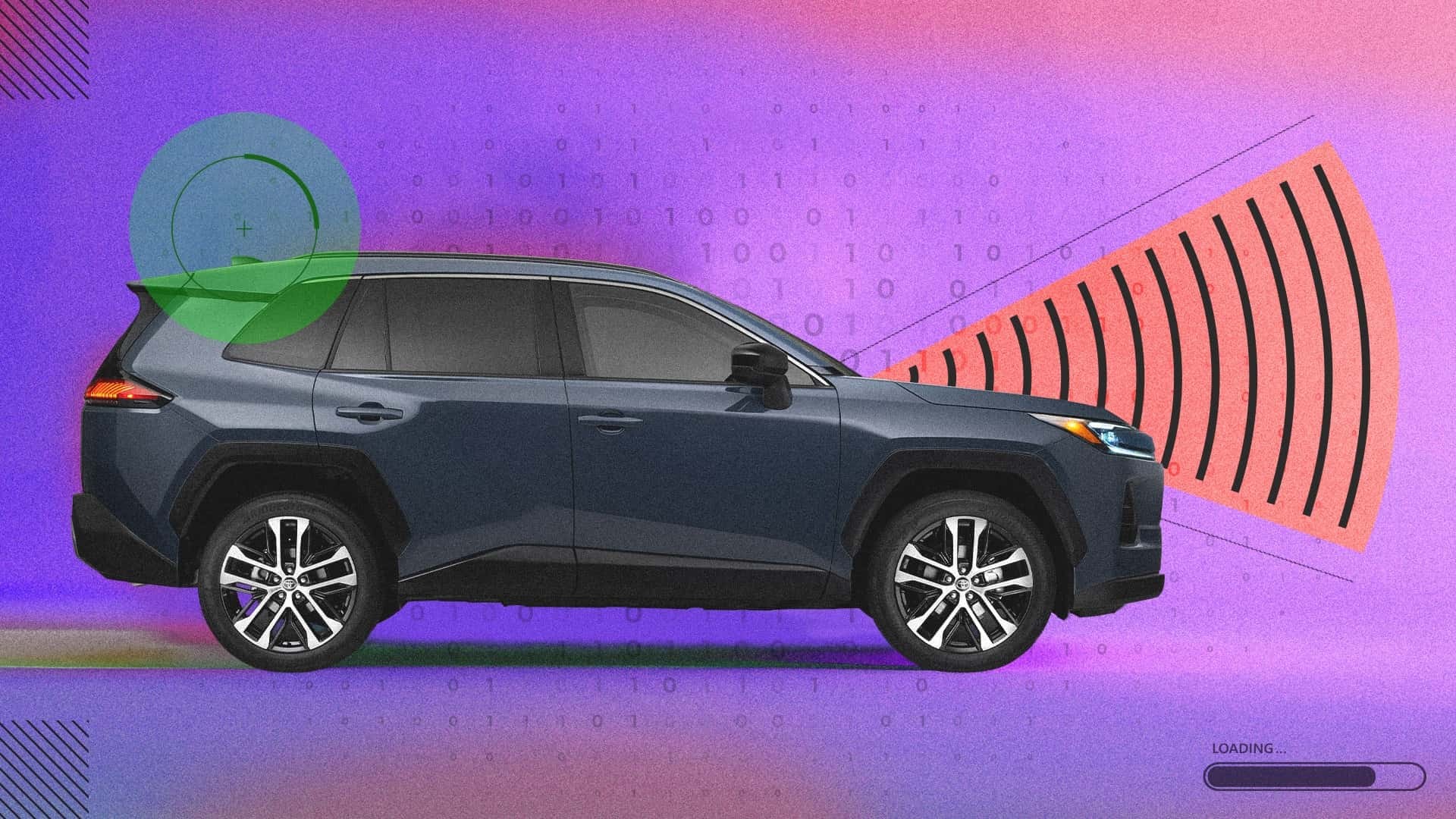The automotive industry is rapidly shifting toward software-defined vehicles, with companies like BMW and Rivian emphasizing the critical role software will play in shaping the next generation of cars. Toyota shares this perspective, recognizing the potential for software to enhance vehicle functionality and, most importantly, improve safety. However, Toyota’s historically cautious approach has meant a slower adoption of software-defined vehicle technology compared to some competitors. The redesigned 2026 Toyota RAV4 marks the company’s initial steps toward this software-centric future, though there’s still considerable ground to cover.
Understanding Software-Defined Vehicles
At the heart of the software-defined vehicle concept, as explained by Rivian CEO RJ Scaringe, is a zonal computing architecture. This system streamlines software routing, boosting interconnectivity and ultimately reducing production costs. The new RAV4 doesn’t fully embody this architecture, but Toyota asserts that the technology and infotainment upgrades introduced in the 2026 model lay the groundwork for future advancements.
Key Improvements in the 2026 RAV4
The new RAV4 incorporates several noteworthy enhancements:
- 5G Connectivity: For the first time in any Toyota vehicle, the RAV4 offers 5G connectivity.
- Enhanced Voice Recognition: The system now responds more intuitively and accurately to voice commands.
- Over-the-Air Updates: The vehicle will receive regular software updates to address bugs and introduce new features.
- Advanced Toyota Safety Sense (TSS): The model features one of Toyota’s most sophisticated implementations of its safety suite.
While the hardware remains largely familiar – featuring displays ranging from 10.9 to 12.9 inches – the new software builds on previous iterations, such as those introduced in the Tundra, delivering improved performance and speed.
Toyota’s Ultimate Goal: Zero Accidents
Toyota’s overarching goal is to significantly improve vehicle safety. Yoshinori Futonagane, Chief Engineer for the RAV4, envisions a future where vehicles operate with “zero fatalities, zero accidents.” He emphasizes that the current RAV4 is merely at the starting line of this ambition. The development leverages data from previous Toyota Safety Sense (TSS) versions to refine the newer systems, enabling quicker and more effective reactions.
Addressing Concerns About Hard Button Removal
One noticeable change in the RAV4 is the elimination of certain physical buttons and dials, notably those controlling fan speed. This has raised concerns about potential safety implications, as accessing functions through the touchscreen might be distracting. However, Toyota defends this design choice, arguing that it encourages drivers to utilize the vehicle’s voice control system, which the company believes leads to less driver distraction compared to interacting with on-screen menus or physical buttons.
Futonagane-san explained: “One thing that we had to make sure of is that the driver or the passenger could more intuitively use the interface because that means less distraction, safer driving. And also voice recognition. If the customer gets lost in the menus, then you’re distracted.”
A Step Forward for Toyota
While technologies like 5G and voice recognition aren’t new to the automotive world, Toyota’s commitment to integrating these features across its entire lineup represents a significant evolution for a company often recognized for its cautious approach to innovation. Although Toyota still has considerable progress to make in fully embracing a software-defined future, the RAV4 represents a solid initial step toward that goal – one driven by a desire to ultimately achieve “zero fatalities, zero accidents.”
